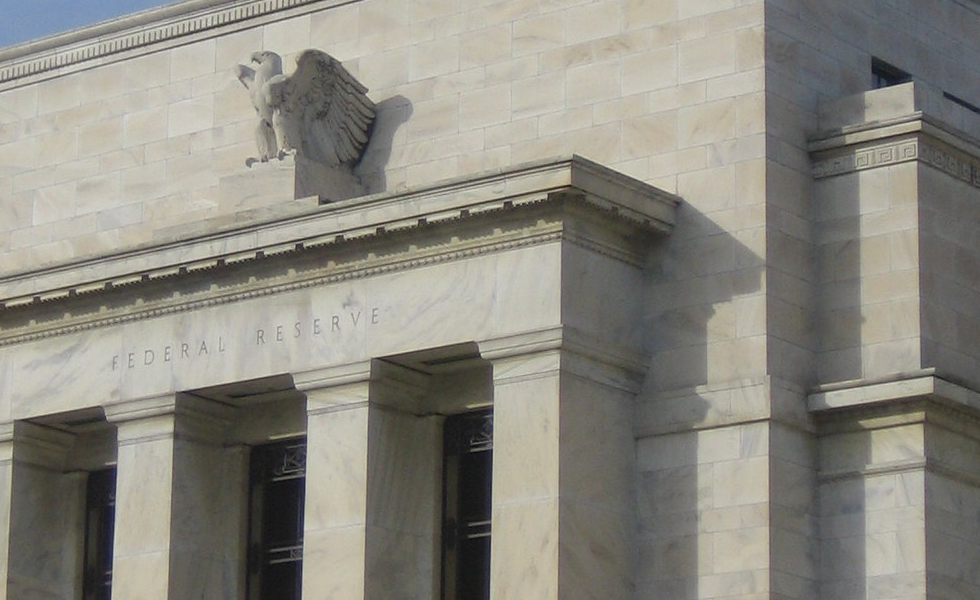La Française: When will the Fed initiate interest rate cuts?

The Federal Open Market Committee (FOMC) is widely expected to keep policy rates unchanged at the March meeting. Fed officials will update their projections for the U.S. economic outlook in the ‘Summary of Economic Projections’ (SEP) and the outlook for interest rates (‘dot plot’).
We believe Fed projections will predict higher growth in 2024 but no significant change in the annual inflation forecast over the projected horizon. In this context, the median ‘dot’ is likely to remain at 75 basis points (bps) of cuts this year.
Please find below what we expect:
- The target range for the Fed’s benchmark rate to remain unchanged at between 5.25% to 5.50%, the last interest rate increase came in July 2023.
- Fed Chair Powell to confirm that interest rates should move lower later this year, eventually in the summer, if inflation continues to ease as the Fed expects. Jerome Powell will underline that the pace of cuts will be data dependent.
- The Federal Reserve to continue its quantitative tightening (QT) program as planned (at $95bn/month) as it deems that excess liquidity is still comfortable overall. We do not expect the FOMC to indicate when the Federal reserve will start the slowdown of its balance sheet runoff. Consistent with influential Fed official Christopher Waller ‘s last comments, Chair Powell will underline that balance sheet policy will be independent of interest rates decisions and a reset of the balance sheet towards shorter-term Treasury bills.
- New economic projections should evolve as follows:
- Growth will be revised significantly upwards in 2024, from 1.4% to 2% but projections will remain unchanged in 2025 and 2026 at 1.8% and 1.9% respectively.
- Projections for both headline and core PCE (personal consumption expenditures) inflation will remain broadly unchanged from 2024 to 2026 relative to December 2023 projections.
- Median interest rate projections at the end of 2024, 2025 and 2026 should remain unchanged, but in the longer run, the views of some FOMC members may exceed 2.5%.
In summary, the Fed should remain cautious. Future changes in monetary policy stance (timing and sizing) should be data dependent. The Fed is biding its time, especially after recent higher-than-expected inflation data. During the press conference, Fed Chair Jerome Powell will likely repeat that more evidence is needed to confirm that inflation is slowing back to the 2% target. As during his report to Congress, Jerome Powell might reference the healthy economy and that interest rate cuts may not be too far off. Consequently, the March FOMC is likely to push U.S. interest rates slightly lower and US stocks higher.







